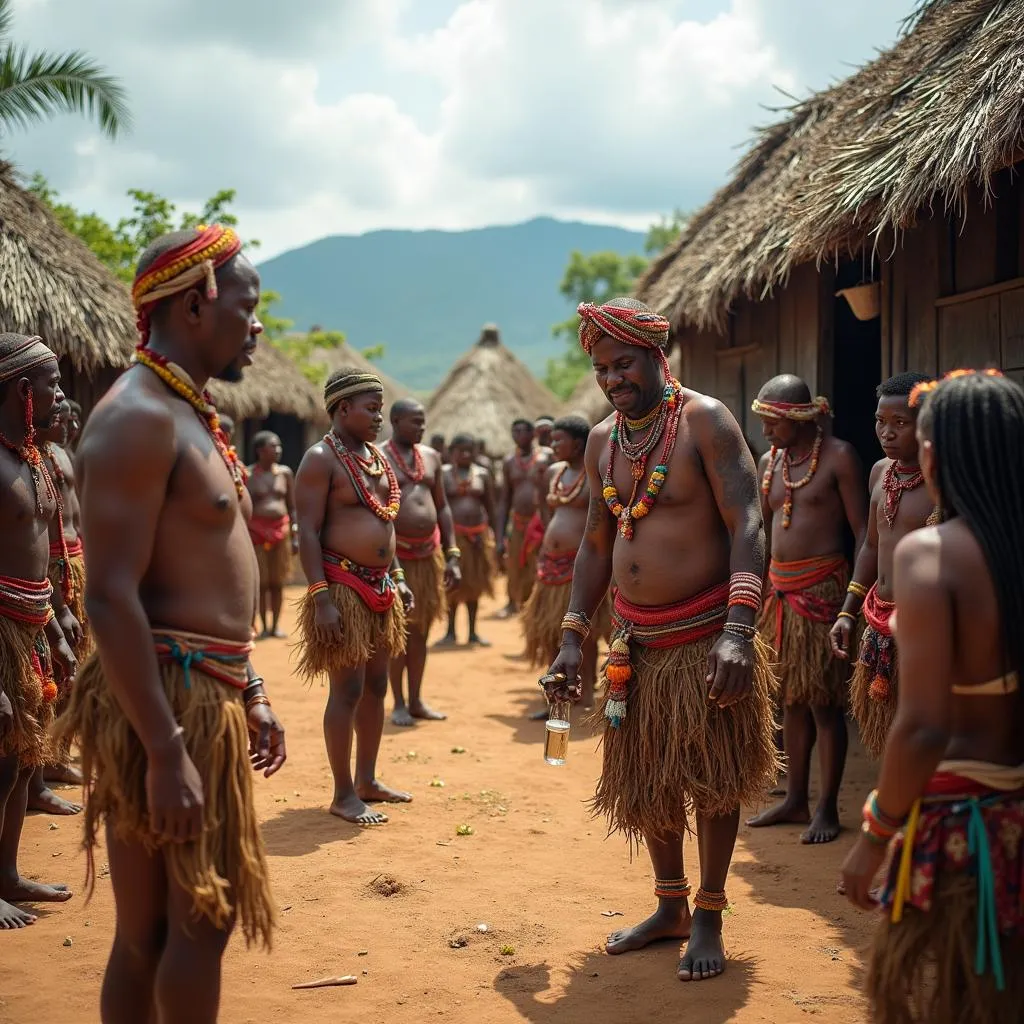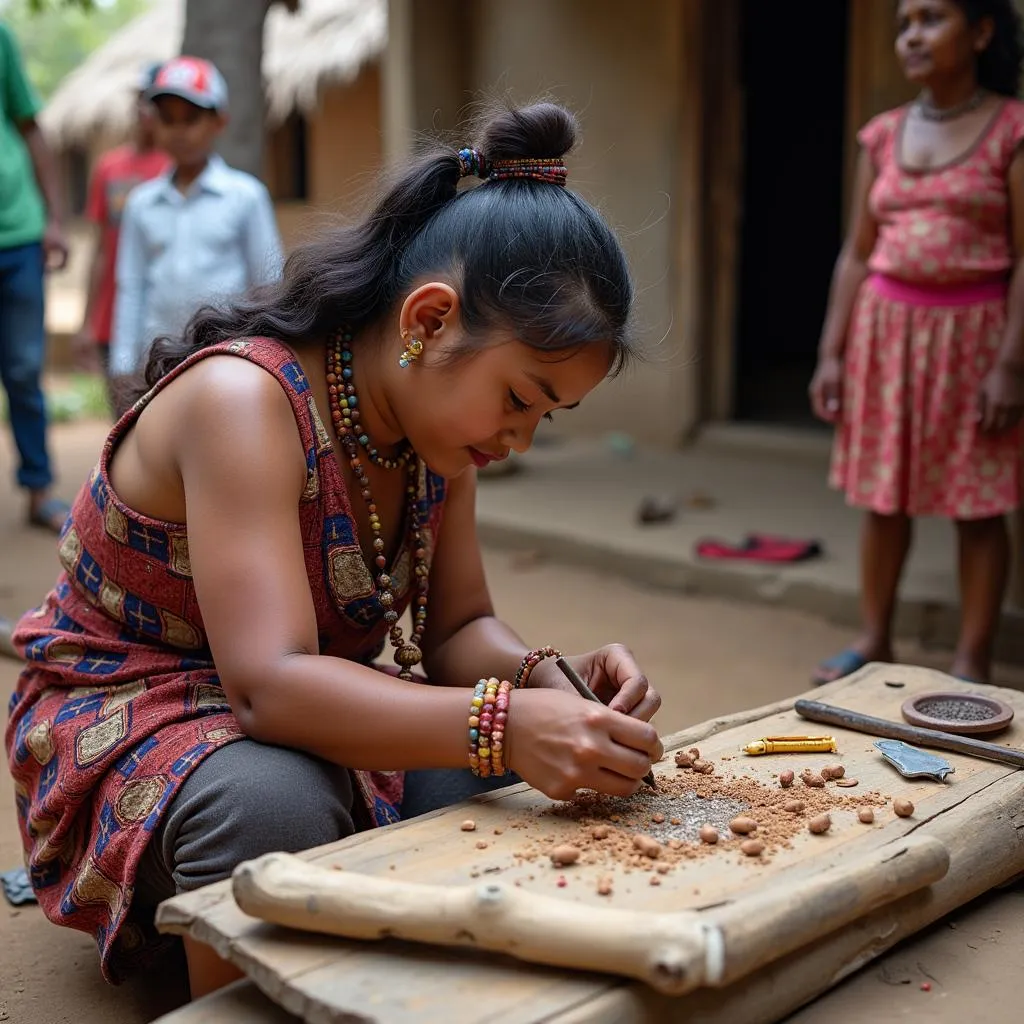Tourism is a significant global industry, but its effects on indigenous cultures have become a topic of increasing concern. This article will help you practice the Summarize Written Text task from the PTE Speaking and Writing section. You will examine various prompts related to the impacts of tourism on native peoples and their traditions. Ready to sharpen your skills? Let’s dive into practice questions and model answers.
Summarize Written Text: Example 1
Prompt:
Tourism brings both opportunities and challenges to indigenous communities. In many regions, tourism offers economic benefits and provides visibility to indigenous groups. However, the commercialization of native traditions can lead to cultural erosion, as sacred practices are often simplified to appeal to tourists. Additionally, external influence can distort authentic cultural expressions, turning them into ‘performances’ rather than community celebrations. Balancing economic incentives with the need to preserve cultural integrity is increasingly difficult, especially in destinations reliant on mass tourism.
Summarize the text in one sentence. Your response should be between 5 and 75 words.
Model Responses
Band 90:
Tourism introduces economic benefits to indigenous communities but can lead to the erosion of authentic cultural practices and traditions, turning them into performances and thereby threatening cultural preservation in places dependent on mass tourism.
Analysis:
- Content: Fully captures both the positive economic impact and threat to cultural authenticity.
- Form: Correct format, no spelling or grammar errors, under 75 words.
- Grammar: Complex structure used correctly.
- Vocabulary: Advanced words such as “erosion,” “authentic,” and “incentives” are used appropriately.
- Spelling: Correct throughout.
 Tourism impact on indigenous economy and culture
Tourism impact on indigenous economy and culture
Band 65:
Tourism helps indigenous communities economically but can jeopardize their cultural authenticity by simplifying traditions for tourist appeal.
Analysis:
- Content: Captures the main ideas but lacks depth regarding mass tourism.
- Form: Correct length and format.
- Grammar: No significant mistakes.
- Vocabulary: Modified version of key vocabulary, though simpler overall.
- Spelling: No errors.
Band 50:
Tourism helps indigenous people financially, but it can damage their cultural traditions.
Analysis:
- Content: Missing key aspects such as commercialization and performance-based impact.
- Form: Short, but within the word count.
- Grammar: Simple, with minor errors.
- Vocabulary: Basic vocabulary with limited complexity.
- Spelling: Accurate.
Related Resources:
Explore how tourism can positively contribute to Sustainable tourism practices and local economy.
Summarize Written Text: Example 2
Prompt:
Indigenous communities often collaborate with the tourism industry to showcase their rich cultural heritage, but this partnership comes with risks. While it provides an opportunity for indigenous groups to share their traditions and earn income, it can also lead to overexposure and stress on local practices. Cultural commodification—when aspects of native culture are packaged and sold to tourists—often leads to loss of meaning and significance, raising concerns about the sustainability of such collaboration.
Summarize the text in one sentence. Your response should be between 5 and 75 words.
Model Responses
Band 90:
Indigenous communities collaborating with tourism benefit economically, but overexposure, stress on local practices, and cultural commodification may dilute the original significance of their traditions.
Analysis:
- Content: Effectively captures the benefits, risks, and negatives associated with the collaboration of indigenous and tourism sectors.
- Form: No deviation from required format.
- Grammar: Complex sentence structure used appropriately.
- Vocabulary: Advanced usage of terms like “commodification,” “overexposure,” and “dilute.”
- Spelling: 100% correct.
 Indigenous heritage exposed to tourism crowds
Indigenous heritage exposed to tourism crowds
Band 65:
Indigenous people benefit financially from engaging with tourism but face risks of losing cultural authenticity.
Analysis:
- Content: Brief but misses the deeper implications of commodification.
- Form: Well within the word limits, error-free.
- Grammar: Good, though simpler structure used.
- Vocabulary: Accurate but lacks complex phrasing.
- Spelling: No errors.
Band 50:
Tourism can help indigenous people, but it also risks spoiling their cultures.
Analysis:
- Content: Simplistic, lacking important ideas such as economic consequences.
- Form: Short but acceptable by word count rules.
- Grammar: Basic sentence pattern.
- Vocabulary: Very basic and general.
- Spelling: No issues.
Summarize Written Text: Example 3
Prompt:
As the global tourism industry continues to expand, many indigenous groups face the dual challenge of promoting their traditions without compromising their cultural integrity. Sustainable tourism, which emphasizes cultural preservation and environmental sensitivity, is seen as a potential solution. Yet, achieving this balance is difficult, particularly in areas where tourism is a primary economic resource. Determining control over cultural representations remains a contentious issue in tourism development for indigenous populations.
Summarize the text in one sentence. Your response should be between 5 and 75 words.
Model Responses
Band 90:
Despite the potential benefits of sustainable tourism, maintaining cultural integrity while balancing economic demands remains a central challenge for indigenous communities as they navigate external representation control.
Analysis:
- Content: Key mentions of sustainability concerns, cultural integrity, and social-economic challenges.
- Form: Correct format within word limits.
- Grammar: Sophisticated structure with no errors.
- Vocabulary: Excellent usage of terms such as “balancing,” “integrity,” and “representation.”
- Spelling: All correct.
 Balancing culture and economy in sustainable tourism
Balancing culture and economy in sustainable tourism
Band 65:
Sustainable tourism can help preserve indigenous cultures, but economic pressures and control over cultural representation create challenges.
Analysis:
- Content: Clear and concise but misses some of the text’s depth, especially regarding control issues.
- Form: Follows appropriate formatting and word count.
- Grammar: Good sentence structure, no major issues.
- Vocabulary: Precise but not as developed.
- Spelling: Fine.
Additional Reading:
Learn more about Sustainable tourism and cultural preservation to deepen your knowledge of these concepts.
Vocabulary and Grammar Breakdown
Here are ten key vocabulary terms found in the example texts that you should know:
- Erosion /ɪˈroʊʒən/ (n): The gradual destruction of something.
Example: The erosion of cultural practices occurs when they are commercialized for tourism. - Commodification /kəˌmɒdɪfɪˈkeɪʃən/ (n): The process of turning something into a product to be sold.
Example: Cultural commodification affects the authenticity of indigenous practices. - Sustainability /səˌsteɪnəˈbɪlɪti/ (n): The ability to maintain something at a certain rate or level, especially in environmental or cultural contexts.
Example: Sustainable tourism is essential for preserving both the environment and indigenous cultures. - Overexposure /ˌoʊvəɹɪkˈspoʊʒəɹ/ (n): Excessive visibility or publicity, especially to negative effect.
Example: Overexposure to tourism can distort indigenous cultures. - Integrity /ɪnˈtɛɡrɪti/ (n): The quality of being honest and having strong principles; maintaining original standards.
Example: Cultural integrity is a main concern when promoting heritage tourism.
Conclusion
The Impact Of Tourism On Indigenous Cultures is a commonly discussed topic in real PTE exams, particularly in the Summarize Written Text task. This exercise allows test-takers to practice extracting key ideas and forming coherent summaries, a crucial skill for success in the PTE Writing and Speaking section. By practicing and paying attention to crucial aspects like content, grammar, and form, you’ll be well-prepared.